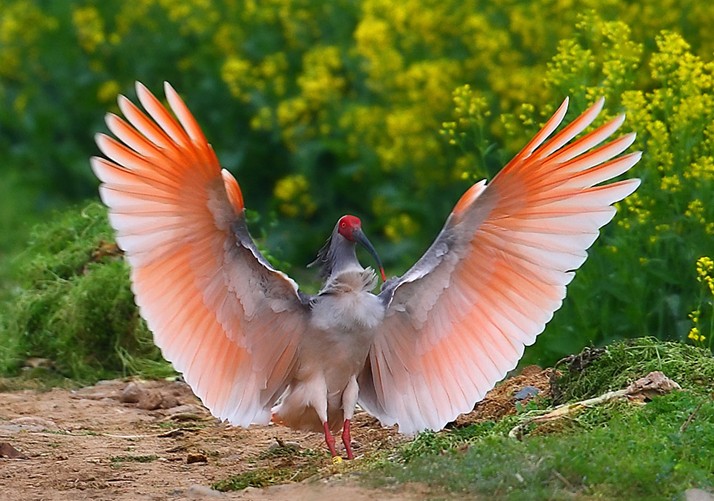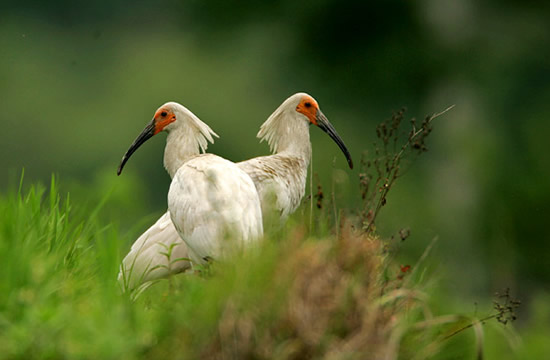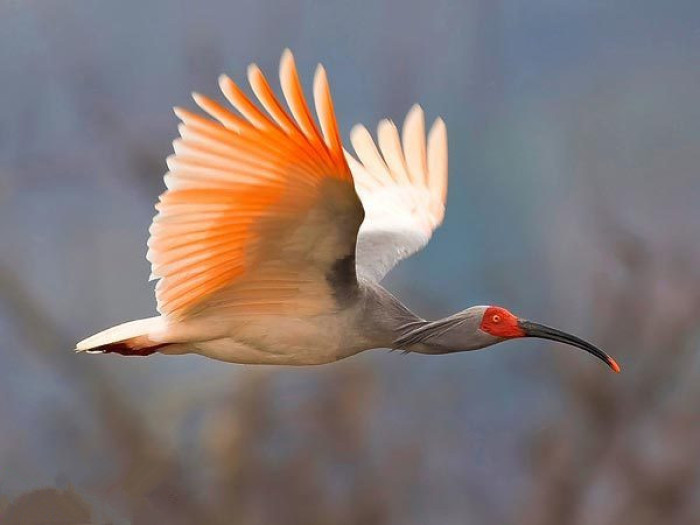Crested lbis,the Oriental Gem
2 min readThe Crested Ibis(Nipponia nippon),also known as theJapanese Crested Ibis or Toki,is a large (up to 78.5 cm long),white-plumaged ibis of pine forests.Its head is partially bare,showing red skin,and it has a dense crest of white plumes on thenape.This species is the only member of the genus Nipponia.
Their habitat is usually mainlands and wetlands.They maketheir nests at the tops of trees on hills usually overlooking their habitat.Crested Ibises usually eatfrogs,small fishes,and small animals.

At one time,the Crested lbis was widespread in Japan,China.Korea,Taiwan and Russia.It has now disappeared from most of its former range.The last wild Japanese Crested Ibis diedin October 2003,while the remaining wild population can be found only in Shaanxi provinceof China.This is not the first time this has happened,though.They were thought to be extinctthrough the 1960s and 1970s,until 1981 when seven ibises were found in Shaanxi,China.

Extensive captive breeding programs have been developed by Japan and China to conservethe species.They were put on the State Protection List in China,which also spread throughoutmost of Asia.Also,for the past 23 years,China has bred and protected the species.In 2002.there were a total of 130 colonies in China.Northwest Shaanxi province’s research center hbasa history of 26 Crested Ibis fledglings,including artificial,and natural incubation.On July 31.2002,five out of seven Crested Ibis chicks hatched at an incubation center in northwest Shaanxiprovince.This was one of the latest records and highest record ever recorded of chicks thathatched.The parents of the chicks were chosen trom 60 ibis pairs raised in that research center.

Ongoing habitat loss,small population size,limited range,winter starvation and persecutionin last century brought this endangered species to the brink of extinction.The Crested Ibis hasbeen listed in Appendix I of CITES.
On September 25,2008,the Sado Japanese Crestea tbts rreservauion Center released Io oebirds as part of its Crested Ibis restoration program,which aims to introduce60 ibises into the wild by2015.This marks the first time the rare bird has returned to the Japanese wildsince 1981.








